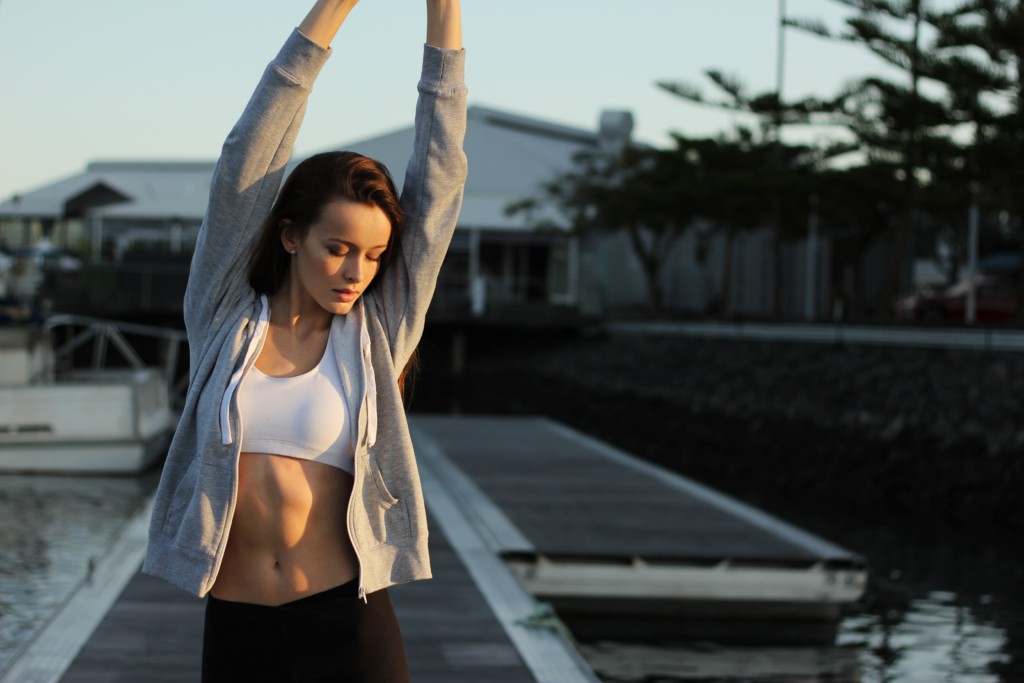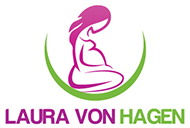
Fibrocystic breast disease (FBD) is a fancy term for tender breasts. Ouch. FBD is very common, and typically women experience it right before their menses. Let’s talk about what FBD is and what it isn’t, along with 5 tips that will prevent you from feeling like your breasts have turned into watermelons each month.
What Causes it?
FBD is most likely caused by increased estrogen relative to progesterone right before your cycle. It is that time of the month when suddenly your bras don’t fit, and your breasts feel swollen, achy and tender to touch. Women who tend to be ‘estrogen dominant’ (meaning they have higher levels of circulating estrogen), are more likely to suffer. FBD is typically symmetrical and cyclical in nature, meaning it waxes and wanes with your cycle.1 Contrary to popular belief, FBD is a benign condition. It does not increase your risk of developing breast cancer unless you have a strong family history.2 If you are concerned about any lumps however, always book an appointment with your doctor to have them checked.
1. Cut Coffee (sorry…..I know)
Limiting or avoiding coffee has been shown to be one of the most effective ways of reducing breast tenderness. Coffee contains a group of compounds called methylxanthines (caffeine, theophylline and theobromine), which can be major triggers for FBD.3 Unfortunately, this means that switching to decaf coffee may not improve symptoms because it’s not only the caffeine causing irritation. I recommend cutting coffee and caffeine from your diet for at least one month to see if you notice any improvement.
2. Go Green
As I mentioned above, ‘estrogen dominance’ is a common hormonal imbalances that can lead to FBD. Estrogen dominance is caused by a variety of factors including:
- Excessive body fat
- Improper clearance of estrogens (See tip #4)
- Sluggish liver detoxification
- Endocrine disrupting chemicals in our environment.
Maintaining a healthy body weight is extremely important as excess fat is a reservoir for estrogen. Many endocrine disrupting chemicals in our environment has the ability to ‘mimic’ estrogen, leading to estrogen dominance. Check out my blog post on Living in a toxic world for tips to reduce your exposure.
3. Get Moving
Exercise helps promote lymphatic circulation and can help reduce breast congestion and swelling.4 You may not feeling like running right before your period, but gentle exercise such as yin yoga, pilates, walking can be extremely beneficial.
4. Get Pooping
For those of you who know me well, talking about poop is one of my favourite topics! Healthy bowel movements are key to healthy hormone balance. Our digestive system is well equipped for dealing with excess estrogen. Healthy gut flora and daily bowel movements are necessary for removing excess estrogen from our body.5 I have seen a strong link between estrogen dominant symptoms, such as acne, and constipation. Make sure you stay adequately hydrated by keeping a water bottle at your workdesk and refill throughout the day.
5. Reach for Iodine Rich Foods
Research has shown that iodine is necessary for development and maintenance of healthy breast tissue, and suboptimal levels may contribute to breast pain. My approach to addressing nutrient deficiencies always starts with whole foods before reaching for a supplement. Here are several healthy foods that are naturally rich in iodine6
- Seaweed such as kelp and wakame
- Beans
- Turkey
- Wild-caught saltwater fish such a cod and haddock
These five tips are great starting points for helping managing FBD. If you found this information relevant and want to learn more, book an appointment to create a treatment plan that addresses your individualized concerns.
References
-
Khalid Rida Murshid, A Review of Mastalgia in Patients with Fibrocystic Breast Changes and the Non-Surgical Treatment Options, In Journal of Taibah University Medical Sciences, Volume 6, Issue 1, 2011, Pages 1-18,
-
Hartmann, Lynn C., et al. “Benign breast disease and the risk of breast cancer.” New England Journal of Medicine 353.3 (2005): 229-237.
-
Russell, Linda C. “Caffeine restriction as initial treatment for breast pain.” The Nurse Practitioner 14.2 (1989): 36-40.
-
Shobeiri, Fatemeh, Khodayar Oshvandi, and Mansour Nazari. “Cyclical mastalgia: prevalence and associated determinants in Hamadan City, Iran.” Asian Pacific Journal of Tropical Biomedicine6.3 (2016): 275-278.
-
Gorbach, Sherwood L., and Barry R. Goldin. “Diet and the excretion and enterohepatic cycling of estrogens.” Preventive medicine 16.4 (1987): 525-531.
-
Food Sources of Iodine. Dieticians of Canada. Feb 28 2014. https://www.dietitians.ca/Your-Health/Nutrition-A-Z/Minerals/Food-Sources-of-Iodine.aspx

